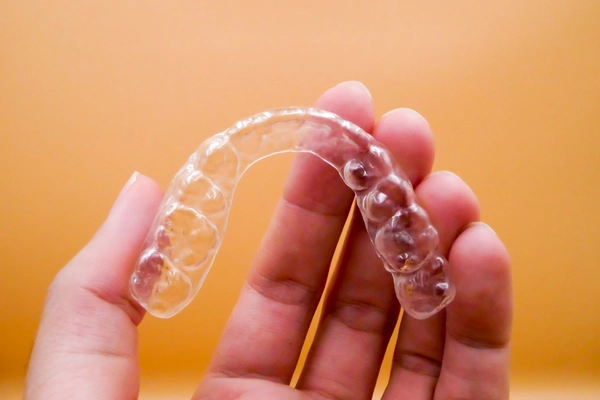Do you have an overbite or underbite? Have you been experiencing self-consciousness about your teeth?
Do you want to straighten your teeth with braces but aren’t sure where to start? Then, you need to know the timeline of teeth braces before and after.
Braces have changed immensely over the years. While advancements were made in braces’ treatment in the 1990s, more improvements have been released in the last several years.
Keep reading to learn more about the history of teeth braces before and after and where the industry is going.
Early Braces (1800s-1900s)
The first modern braces were invented in the 1800s by French dentist Christophe-François Delabarre. These early braces consisted of a flat piece of metal attached to individual teeth. They were often uncomfortable and cumbersome for patients.
Advancements in Braces (1930s-1970s)
In 1935, E.V. Speel developed the first set of braces that could be removed without the assistance of a dentist. This allows easier teeth cleaning and maintenance. In the 1970s, stainless steel became the standard material used in braces due to its strength and durability.
Braces Today (1980s-Present)
Today, braces have evolved significantly from their early ancestors. Ceramic braces have gained popularity due to their hidden nature.
Invisalign offers a removable, almost invisible option, making them a favored choice, especially among adults. These clear aligners are custom-made to fit the teeth.
Moreover, technology has empowered an orthodontist with digital X-rays and 3D imaging tools. Enabling them to plan the braces journey precisely and predictably. Self-ligating braces use a sliding mechanism instead of elastics to connect to the archwire.
Teeth Braces Before and After – The Transformation
The evolution of braces throughout history has led to significant transformations. Patients now have more options for straightening their teeth. The results are often remarkable.
It is clear to see the dramatic changes that can be achieved through orthodontic treatment. Ancient civilizations used crude metal devices to modernize. The history of braces showcases how far orthodontic technology has come.
As we continue to advance in the field, the future of braces looks brighter than ever. It promises even more transformative results for patients seeking a straighter smile.
So, if you or someone you know is considering braces, remember that the possibilities are endless. To maintain oral health, it is essential to know how to properly floss with braces.
Cost of Braces and Financing Options
The cost of braces can be a significant investment, but it’s important to remember that it’s an asset in your oral health and self-confidence. The exact cost of braces will depend on various factors, such as:
- complexity of case
- chosen type of brace
- duration of treatment
Traditional metal braces, for instance, can cost anywhere from $3,000 to $7,000. Ceramic braces and Invisalign, being more aesthetically appealing, can cost slightly higher, ranging from $4,000 to $8,000.
Many orthodontic practices offer financing options to make braces more affordable for patients. This may include payment plans, where the cost of treatment is spread throughout your treatment. Some dental insurance plans may also cover a portion of orthodontic treatment, so it’s advisable to check with your insurance provider.
Understanding the Teeth Braces Before and After
The teeth braces before and after transformations underscore the significant strides in orthodontic treatment over the centuries. We can expect even more advancements in braces. This further improves their effectiveness, comfort, and invisibility.
This continuous evolution ensures that individuals can access the best orthodontic care. It empowers them to flash their best smiles confidently.
For additional useful tips, make sure to follow us!
Read Also: Exploring The Different Types Of Invisalign: Which One Is Right For You?







